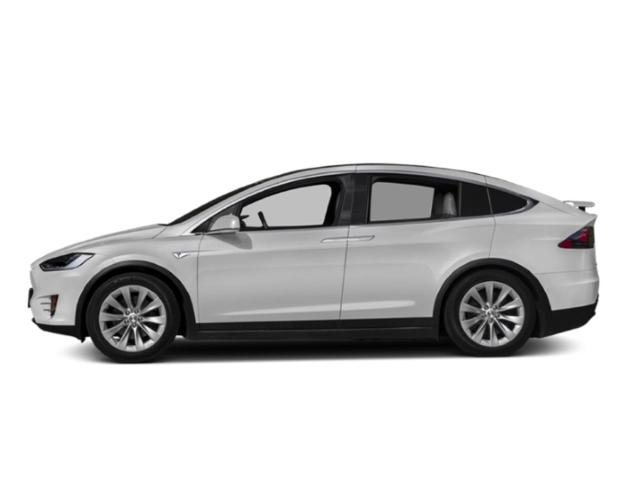2020 Tesla Model X Owner's Manual

Table of Contents
2020 Tesla Model X Overview
Introduction
The 2020 Tesla Model X redefines the electric SUV segment with a perfect blend of performance, luxury, and cutting-edge technology. With its distinctive falcon-wing doors and spacious interior, the Model X not only captivates onlookers but also offers a comfortable ride for up to seven passengers. Its innovative electric powertrain delivers jaw-dropping acceleration while maintaining an environmentally friendly footprint, making it a compelling choice for eco-conscious drivers without sacrificing performance.
Powertrains
The Model X comes equipped with two powerful all-electric powertrains: the Long Range and the Performance variant. The Long Range model boasts an impressive range of up to 371 miles on a single charge, offering drivers the ability to travel longer distances with minimal charging stops. The Performance variant is designed for thrill-seekers, accelerating from 0 to 60 mph in just 2.7 seconds, showcasing the extraordinary power and responsiveness of electric driving.
Trims
The 2020 Model X is available in multiple trims, including the Long Range and Performance options. Each trim level offers a unique driving experience, catering to both practicality and exhilarating performance. The versatility of different configurations allows owners to choose the model that best fits their lifestyle and preferences, ensuring an enjoyable driving experience whichever option they select.
Features
The Model X is loaded with advanced features that enhance safety, connectivity, and convenience. From Autopilot capabilities that provide semi-autonomous driving assistance to a 17-inch touchscreen interface that controls nearly all vehicle functions, the Model X sets a new standard in automotive technology. Additionally, options like premium interior upgrades, enhanced audio systems, and a panoramic windshield further elevate the overall driving experience.
Owners Manual
The comprehensive owner's manual for the 2020 Tesla Model X serves as an essential resource for new owners. It contains detailed information on vehicle operation, maintenance, and safety features, as well as troubleshooting tips that empower owners to maximize their driving enjoyment. With a user-friendly layout and clear instructions, the owner's manual ensures that every Model X driver can easily navigate their vehicle's sophisticated systems.
User manual download
The Tesla Model X owner manual for the 2020 model year is to be found in PDF downloadable format on this page. The owner manual for the model year 2020 is free and in English, but the repair manuals are usually not easy to get and may cost more.
Manual Questions
Fill the form below and someone will help you!

